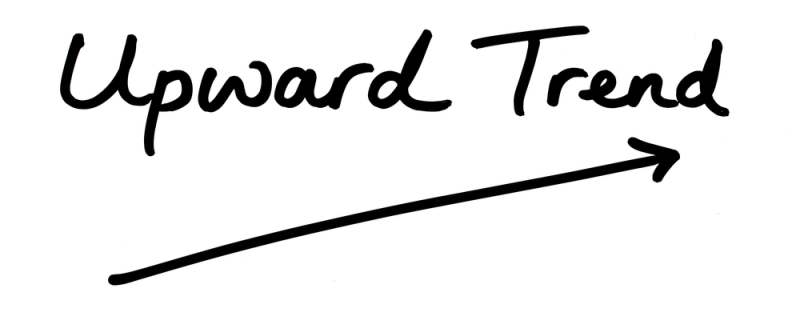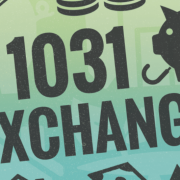Triple Net Lease Cap Rates Still On The Rise
You might know that Sound of Music sing-a-longs are a thing in live theater and online. You can bet that one of the favorites is Climb Every Mountain. If only triple net lease could step out of the spotlight.
Unfortunately, the sector seems to be providing encore performances as average closing cap rates keep their upward inclination, according to the Lomuto Report out of Northmarq.
“[The] indicators are saying we’re probably not done with rising cap rates just yet,” Chris Lomuto wrote. “Lots of existing inventory to burn off, maturing loans that may be difficult to roll over, developers needing to recycle capital, tight spreads, and a dearth of 1031 buyers. These are not traditionally a recipe for stable or falling cap rates.”
The mechanisms at work seem clear. In short, there’s more supply and less demand, squeezing out the value owners can claim and lowering the willingness of buyers to pay higher prices. As long as the conditions continue, there’s upward pressure on closing cap rates.
Though Lomuto notes some trends that could eventually head things off and restore a more dynamic market. For example, the average asking cap rate trend for all NNN started to rise in May 2022, when they were about 5.25%. With some minor ups and downs, it’s continued to rise and has gained roughly 100 basis points to 6.25%. Owners are recognizing that they can no longer expect as much as they could have in the near past when markets were at a high and the full impact of higher interest rates hadn’t yet been felt.
With the rise in asking cap rates had been compression of the gap between them and benchmark yields from, in the case of the federal funds rate, 587 basis points in January 2021 to 91 basis points in December 2023. The gap to the 10-year Treasury had been 488 basis points in that same January and now are 222. The S&P 500 earnings were spaced out by 295 and now that gap is 239. All in all, the biggest gap is within under 240 basis points.
Where things can get a little odd is looking at cap rates by product type. Lomuto shows a number of categories: auto and car wash, convenience and gas, dollar stores, grocery, industrial, office, pharmacy, and QSR. Measured from peak pricing, pharmacy is up by only 75 basis points (he points out that issues with Rite Aid and Walgreens should have had more effect). Grocery, one of the die-hard categories, has seen cap rates up over dollar stores. And office seems up only by 50 basis points — okay, more than odd, more like crazy.
When transactions are thinner than usual, “it’s very important to look critically at individual comps, including a thoughtful survey of what else is on the market now, when quoting a cap rate.”
Source: GlobeSt.











